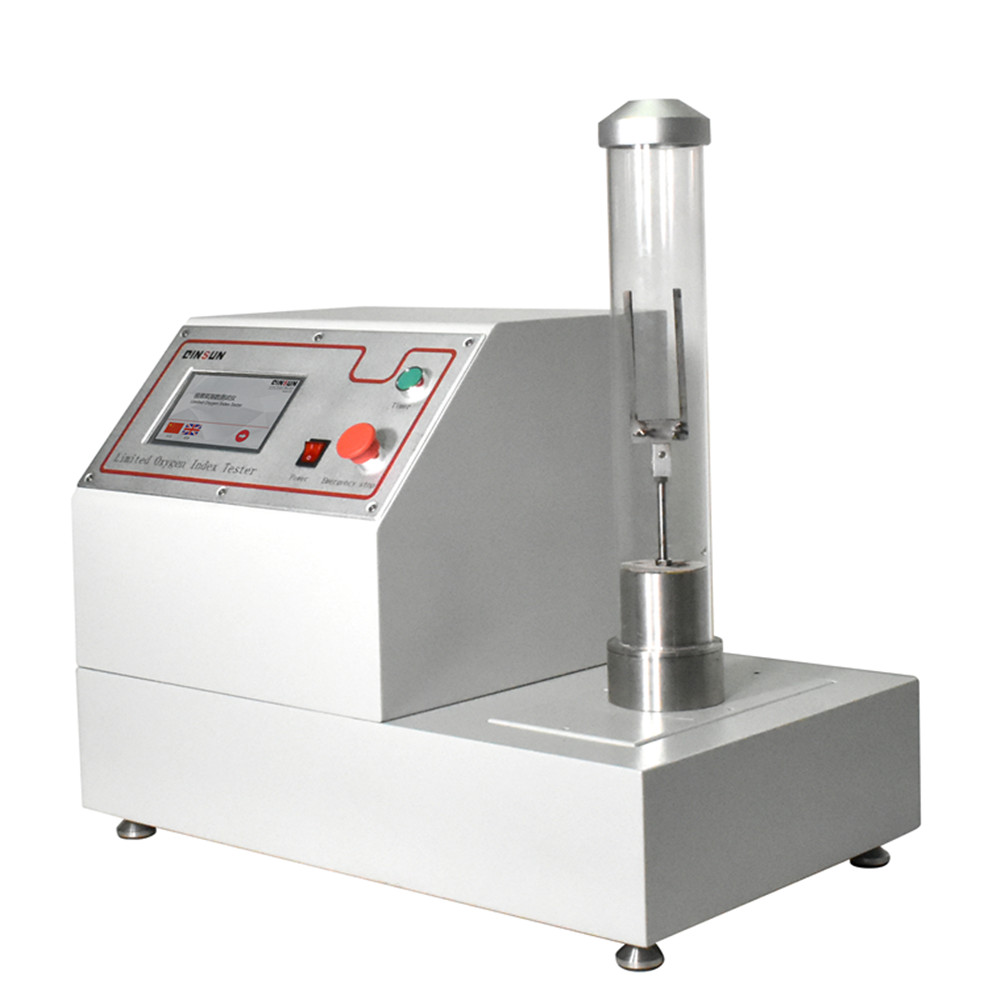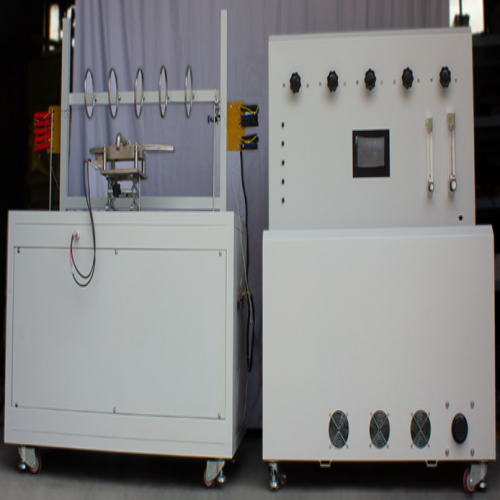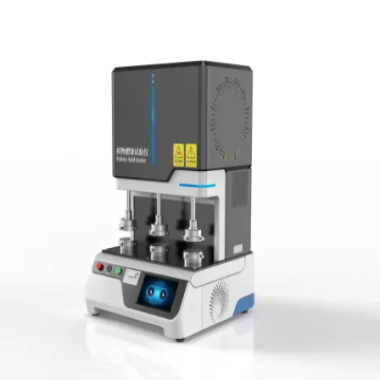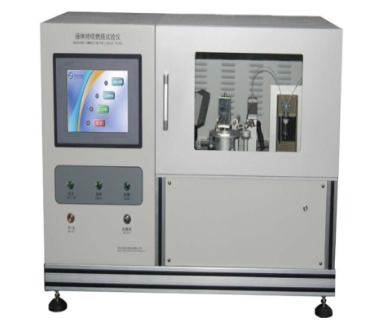What is the Oxygen Index?
FAQ 23 10 月, 2025
The Oxygen Index (OI) refers to the minimum oxygen concentration required for a material to sustain stable combustion in an oxygen-nitrogen mixture under specified test conditions, expressed as the volume percentage of oxygen.
This concept was first proposed by American scientists Fenimore and Martin in 1966 and has since become an internationally recognized method for evaluating the flame retardancy of materials.
A higher OI indicates a less flammable material; a lower OI indicates a more flammable material. It is generally considered that an OI below 22% is considered flammable, an OI between 22% and 27% is considered combustible, and an OI above 27% is considered flame-retardant.
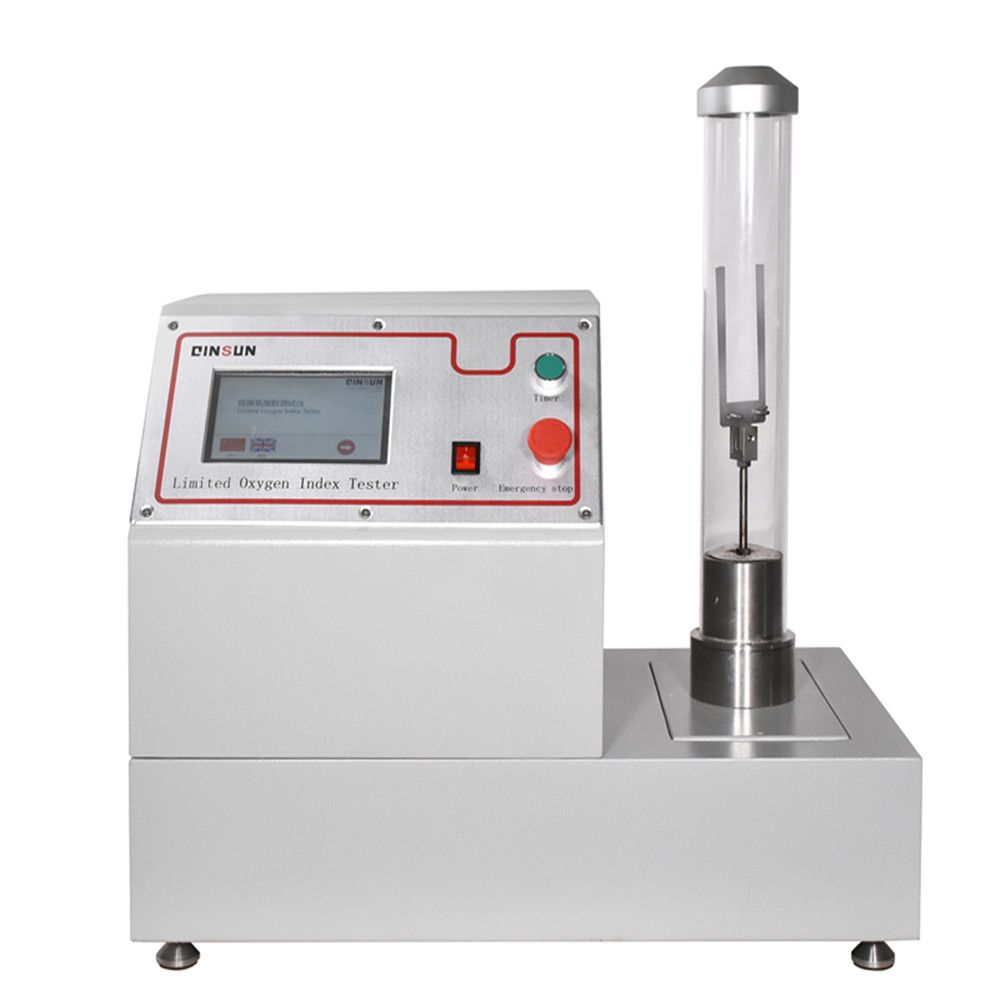
Test Principle and Standards
The Oxygen Index test is based on a simple yet scientific principle: by adjusting the oxygen and nitrogen mixture ratio to create a test environment with varying oxygen concentrations, the minimum oxygen concentration required to sustain combustion is determined.
The internationally recognized test method involves vertically mounting a specimen in a transparent glass combustion tube. A precisely controlled oxygen-nitrogen mixture is introduced from the bottom. An igniter is used to ignite the top of the specimen, and its combustion behavior is observed. During the test, it is necessary to record whether the specimen burns for a certain time (e.g., 180 seconds) or a certain length (e.g., 50 mm). Through multiple tests at different oxygen concentrations, the minimum oxygen concentration required to sustain combustion is determined.
Major international standards include ASTM D2863 (American Society for Testing and Materials), ISO 4589-2 (International Organization for Standardization), and GB/T 2406.2-2009 (Chinese National Standard).
Classification and Significance of the Oxygen Index
Based on the oxygen index value, materials are generally classified into three flame retardancy levels:
Combustible Materials (OI < 22%): These materials burn easily in air. Common examples include ordinary plastics, wood, paper, and textiles. For example, the oxygen index of polyethylene is approximately 17.5%, and that of polypropylene is approximately 17.4%.
Combustible Materials (OI = 22%-27%): These materials can burn in air, but the burning rate is slow. These materials include certain engineering plastics and flame-retardant treated materials. Flame-retardant materials (OI > 27%): These materials are difficult to burn in air and will self-extinguish when removed from a fire source. They include many flame-retardant and specialty materials. For example, the oxygen index of polyvinyl chloride (PVC) is approximately 45%.
The oxygen concentration in Earth’s atmosphere is approximately 21%. Therefore, materials with an oxygen index exceeding 21% will generally self-extinguish when removed from a fire source, while materials with an oxygen index below 21% may continue to burn.
Application Areas
Oxygen index testing is widely used in various industries and fields, and is crucial for safe material use and fire prevention.
In the field of plastics and polymer materials, the oxygen index is used to evaluate the flame retardancy of various plastics, such as polyethylene (PE), polypropylene (PP), and polyvinyl chloride (PVC). ABS plastic used in television casings and PVC pipes used in construction are required to meet certain oxygen indexes to meet fire safety standards.
Oxygen index testing is also widely used in the textile and apparel industry, particularly for flame-retardant textiles such as firefighter uniforms, aircraft seat fabrics, and children’s pajamas. Carpets, curtains, and other fabrics used in public places like hotels and airports also require oxygen index testing to ensure compliance with building fire protection regulations.
In the building materials industry, various types of board materials (such as flame-retardant density fiberboard and rock wool boards), coatings (fire-retardant coatings), and insulation materials (polystyrene foam and polyurethane foam) require oxygen index testing to determine their flame retardancy levels (such as B1 and B2 in GB 8624).
In the electronics and electrical industries, materials such as circuit board substrates (such as FR-4 epoxy resin boards), electronic device casings, and wire insulation must undergo oxygen index testing to meet flame retardancy standards such as UL 94.
The aerospace and rail transportation sectors have extremely high requirements for material flame retardancy. Aircraft interior materials (seats, ceiling panels) and cabin cable insulation must meet FAA or CAAC fire protection standards, and oxygen index measurement is one of the core testing items.
In addition, oxygen index testing is widely used in rubber and elastomers, foam and sponge materials, chemicals, and military and defense materials.
Technological Developments in Modern Testing Equipment
With technological advancements, modern oxygen index meters have become highly intelligent and automated. Traditional equipment requires manual adjustment of gas flow and calculation of oxygen concentration. Modern equipment, such as Jiangsu Fellman’s critical oxygen index meter, utilizes imported oxygen sensors with an accuracy of ±0.1% and a digital display of oxygen concentration, eliminating the need for calculations.
Automated features include touchscreen programmable automatic oxygen concentration adjustment, one-touch calibration of accuracy, and one-touch concentration matching, greatly improving testing efficiency and accuracy. The device automatically sounds an alarm when the oxygen concentration stabilizes, and it also features a timer function that allows for the storage and review of historical test data.
These technological advances make oxygen index testing more accurate, efficient, and safer, providing a more reliable tool for evaluating the flame retardancy of materials.
